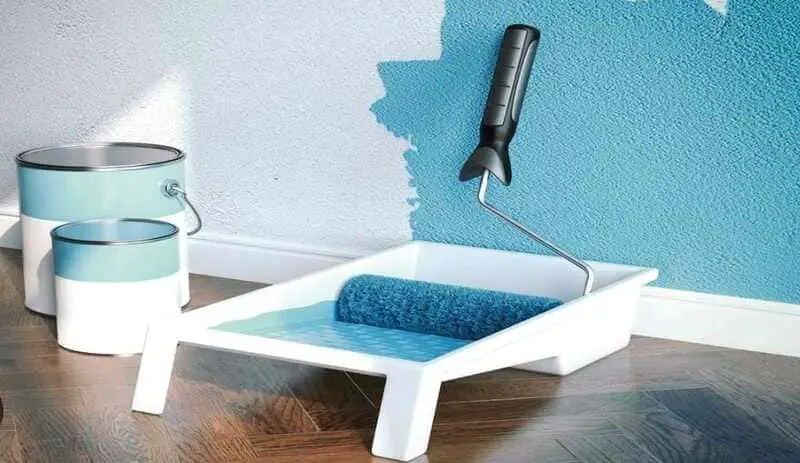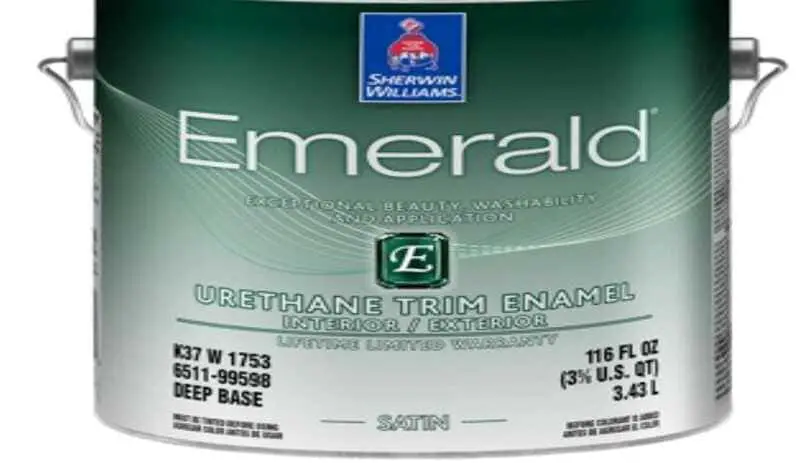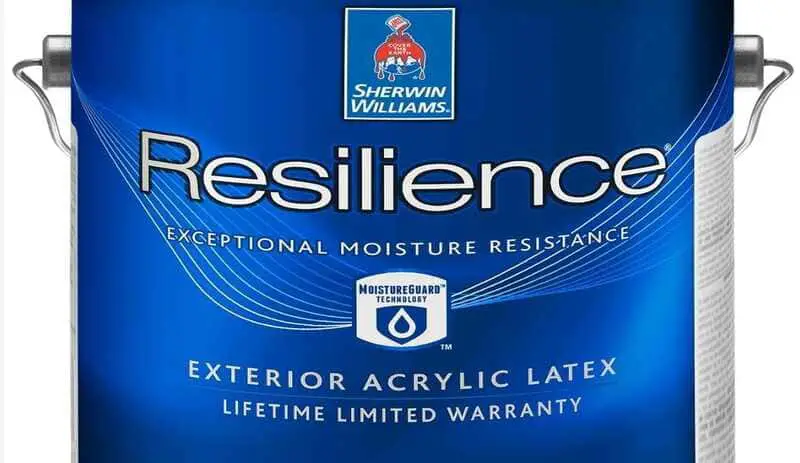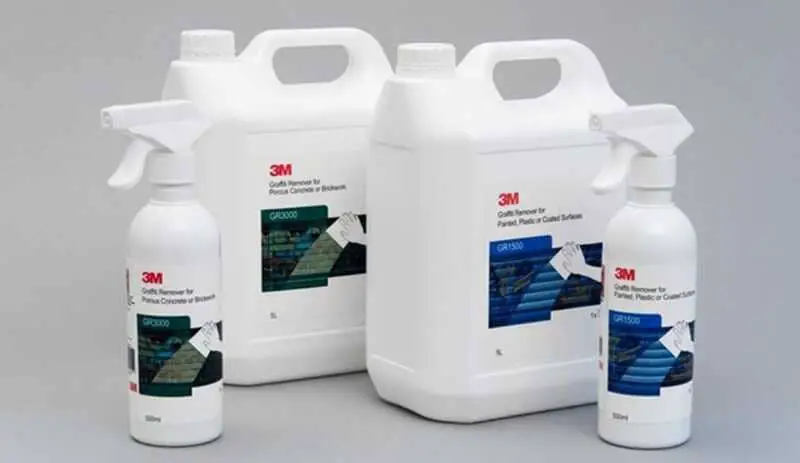Acrylic paint is one of the most popular and versatile options for decorating walls, furniture, and other objects. One of the most common questions that comes up when considering the use of acrylic paint is, is acrylic paint washable? The answer is not as simple as “yes” or “no”.
The washability of acrylic paint depends on several factors, such as the quality of the paint, the surface it is applied to, and the cleaning technique used. In this article, we will explore in depth the question of whether acrylic paint is washable, what it means for a paint to be washable, how you can tell if an acrylic paint is washable, and the different methods for cleaning acrylic paint from different surfaces.

We will also discuss best practices for maintaining and caring for acrylic paint to ensure its long-term durability and quality.
What is acrylic paint and how is it used?
Acrylic paint is a water-based paint that is composed of acrylic pigments and polymers. It dries quickly, is fade and sunlight resistant, and has a matte, satin or gloss finish. It is a popular choice for artists and decorators because of its versatility and ease of use. Acrylic paint can be used on a wide variety of surfaces, such as canvas, paper, wood, metal and plastic.
The frequently asked question of Is acrylic paint washable? is a common concern for those who wish to use acrylic paint on surfaces that may be exposed to stains or dirt. The washability of acrylic paint depends on the quality of the paint, the surface to which it is applied and the cleaning technique used. Some acrylic paints are more stain resistant and can be easily cleaned with soap and water, while others may be more difficult to clean and may require specialized products.
What does it mean for a paint to be washable?
The term “washable” refers to the ability of a paint to withstand cleaning and washing without damaging the surface or paint finish. When a paint is described as washable, it means that it is stain resistant and can be easily cleaned with soap and water without losing its color or quality.
The question of Is acrylic paint washable? is a common concern for those who wish to use acrylic paint on surfaces that may be exposed to stains or dirt. In general, acrylic paint is considered washable, although washability can vary depending on the quality of the paint, the surface it is applied to and the cleaning technique used.
Some acrylic paints may be more stain resistant and can be easily cleaned with soap and water, while others may be more difficult to clean and may require specialized products. It is important to note that the washability of a paint is not a universal trait and may vary by brand and paint quality.
Why is it important for acrylic paint to be washable?
It is important for acrylic paint to be washable because it allows the painted surface to remain clean and stain-free. When acrylic paint is used on surfaces such as walls, furniture or even clothing, there is the potential for stains and soiling to occur over time. If the paint is not washable, cleaning these stains can damage the paint finish or even ruin the artwork or project.
Washable acrylic paint is especially important in high-activity spaces, such as kitchens and bathrooms, where regular cleaning is essential to maintain hygiene and appearance. It is also important in homes with children and pets, as dirt and stains are more common and require regular cleaning.
How can you tell if an acrylic paint is washable?
Although the washability of an acrylic paint can vary depending on the quality of the paint and the surface it is applied to, there are a few ways to determine if an acrylic paint is washable.
First, it is important to check the paint label to see if it is described as “washable” or if mentions are made about stain resistance and ease of cleaning. If the label does not provide information about the washability of the paint, it is possible to research online or consult with the manufacturer.

In addition, it is important to consider the intended use of the acrylic paint. If it is to be used on surfaces that will be exposed to stains or dirt, it is advisable to opt for an acrylic paint that is described as washable or has improved stain resistance.
It is also possible to perform a wash test on a small area of the painted surface to evaluate the paint’s stain resistance and ease of cleaning. If the paint cleans easily without damaging the finish or paint quality, it is likely to be washable.
What are the best brands of washable acrylic paint?
When it comes to washable acrylic paint, there are many brands on the market that offer different levels of quality and stain resistance. It is important to research and compare options before making a decision on which brand of washable acrylic paint to use.
Among the best washable acrylic paint brands are Sherwin-Williams, Behr and Benjamin Moore. These brands are known for their high quality, stain resistance and ease of cleaning.
Sherwin-Williams is especially known for its line of washable acrylic paints called Duration Home. This paint has excellent stain resistance and is easy to clean, making it an excellent choice for surfaces that will be exposed to stains or dirt.

Behr is another popular brand that offers a variety of washable acrylic paints. Their “Marquee” paint is known for its high stain resistance and ability to cover even the darkest surfaces with a single coat.
Benjamin Moore is another brand known for its quality and durability. Their “Regal Select” line of washable acrylic paints is stain resistant and easy to clean, making it ideal for homes with children and pets.
How do you clean acrylic paint from different surfaces?
Acrylic paint is a popular choice for many surfaces because of its durability and resistance to fading. However, even washable acrylic paints can stain or soil over time. It is important to know how to properly clean acrylic paint from different surfaces to keep them clean and in good condition.
To clean acrylic wall paint, it is recommended to use a soft sponge and a mild detergent. Mix the detergent with warm water and use the sponge to clean the surface with soft, circular movements. It is important to avoid using abrasive cleaning products or hard brushes, as they may scratch or damage the painted surface.
Regarding the cleaning of acrylic paint on surfaces such as furniture or floors, it is important to avoid using oil-based cleaning products, as they can damage the paint and leave stains. Instead, the use of a soft, damp cloth with warm water and mild detergent is recommended. If the acrylic paint is very dirty or stained, it may be necessary to use a cleaner specifically for that type of surface.
For cleaning acrylic paint on objects such as brushes or rollers, it is important to rinse them immediately after use with warm water and mild soap. It is advisable to dry them with a clean towel and let them dry completely before using them again.
Are there specialized products for cleaning acrylic paint?
Yes, there are specialized products for cleaning acrylic paint. These products are specifically designed to remove stains and dirt from acrylic paint without damaging the surface. These products are especially useful in cases where the dirt or stain is difficult to remove with common cleaning products.

One of the most common specialty cleaning products for acrylic paint is stain remover. These products are designed to remove specific stains such as ink, grease, oil and other materials that can stain acrylic paint. Stain removers work best when applied immediately after the stain occurs.
Another specialized product for cleaning acrylic paint is the all-purpose cleaner. These cleaners are designed to remove dirt and grease from the painted surface without damaging the paint. All-purpose cleaners are especially useful for cleaning walls, ceilings, floors and other large surfaces.
There are also specialized products for cleaning objects such as brushes and rollers. These products are designed to remove acrylic paint from brushes and rollers without damaging the tool materials. It is important to properly clean brushes and rollers after each use to prolong their life and maintain the quality of the acrylic paint.
What precautions should be taken when cleaning acrylic paint?
When cleaning acrylic paint, it is important to take certain precautions to avoid damaging the painted surface or the user’s health. Here are some of the most important precautions to consider:
1- Wear protective gloves: When handling cleaning products and tools to clean acrylic paint, it is important to protect the hands with protective gloves to avoid irritation or injury.
2- Read the instructions: Before using any cleaning product, it is important to read the manufacturer’s instructions to make sure they are being used properly.
3- Test on a small area first: It is important to test on a small area before cleaning the painted surface to make sure that the cleaning product will not damage the paint.
4- Avoid vigorous scrubbing: When cleaning acrylic paint, it is important to avoid vigorous scrubbing to avoid scratching or damaging the surface. Instead, use gentle, circular movements.
5- Use mild products: It is advisable to use mild cleaning products, such as soap and water or neutral pH cleaning solutions, instead of aggressive chemicals that may damage the painted surface.
6- Clean immediately: If a stain or dirt occurs, it is important to clean it as soon as possible to prevent it from becoming embedded in the paint.
7- Ventilate the room: If cleaning chemicals are used, it is important to ensure that the room is well ventilated to avoid inhaling toxic fumes.
How can acrylic paint be prevented from being damaged during cleaning?
When cleaning acrylic paint, it is important to take steps to avoid damaging it. Here are some recommendations to avoid damaging acrylic paint during cleaning:
1- Clean gently: Acrylic paint is quite durable, but it is still important to clean it gently to avoid damaging the surface. Use a soft cloth or soft sponge to clean the acrylic paint.
2- Use mild products: It is important to use mild products to clean acrylic paint. Neutral pH cleaning products are the safest to use on most acrylic painted surfaces. Avoid abrasive cleaners, as they can scratch and damage the surface.
3- Test first: Before cleaning the entire surface, test the cleaning product on a small, inconspicuous area. This will allow you to verify that there is no damage to the acrylic paint and adjust the technique if necessary.
4- Do not rub hard: Avoid rubbing the acrylic paint hard, as this can cause scratches and marks. Instead, use a gentle circular motion and apply light pressure on the surface to lift dirt and stains.
5- Avoid hot water: Hot water can damage acrylic paint. Use lukewarm or room temperature water to clean the surface. Also, do not use steam to clean acrylic paint.
6- Dry the surface: After cleaning the acrylic paint, be sure to dry the surface with a soft, dry cloth. This will prevent water from accumulating and causing stains or damage.
What effects can cleaning have on the quality and durability of acrylic paint?
Cleaning acrylic paint can have a significant impact on its quality and durability. If acrylic paint is not cleaned properly, it can lose its original gloss, color and texture. In addition, improper cleaning can cause damage to the surface, which can decrease the durability of acrylic paint.
The frequency and type of cleaning required depends on the use and location of the acrylic paint. If used in high traffic areas, it may need to be cleaned more frequently than in low traffic areas. In addition, the location of acrylic paint in areas such as kitchens or bathrooms may require more rigorous cleaning to avoid staining and moisture damage.
It is important to use appropriate cleaning products to avoid damage to acrylic paint. Some cleaning products contain harsh chemicals that can damage the surface of acrylic paint, which can affect its quality and long-term durability. Therefore, it is important to read the labels of cleaning products carefully to make sure they are safe for acrylic paint.
Another factor that can affect the quality and durability of acrylic paint during cleaning is the technique used. Vigorous scrubbing or using abrasive objects to clean the surface can cause scratches and marks that can affect the quality of the acrylic paint.
